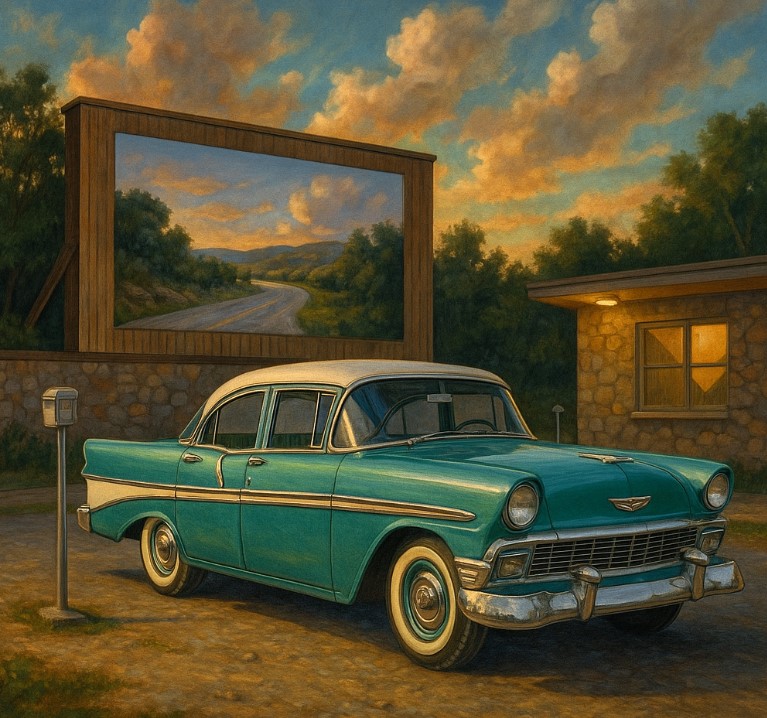Why Puzzle Games Still Hit Different in 2025
There’s something oddly calming about getting stuck. Your brain locks onto a shape, a pattern, a hunch and suddenly the outside world fades out. That’s the quiet magic of puzzle games. They’re equal parts challenge and therapy, a mix of logic, patience, and those tiny dopamine hits when a piece finally clicks. Whether you’re into crosswords, Sokoban-style logic, or cozy jigsaw vibes, puzzles are still the cleanest mental reset you can get without leaving your desk.
If you lean toward that old-school feel textures, patina, paper grain, a little sepia Vintage Puzzles are having a moment. They blend retro aesthetics with modern UX, turning “one more level” into “whoops, where did my evening go?”
Quick take: Puzzle games work because they limit chaos. A good puzzle is a finite problem with a clear win condition. That’s rare in the rest of life.
What Makes “Vintage” Puzzles Special (Beyond the Look)
Nostalgia matters, sure. But vintage puzzle games tend to hide a few UX wins under the retro finish:
- Focused design. Minimal UI, fewer distractions, tighter loops.
- Tactile feel. Even on screens, grainy textures and classic palettes make pieces feel “real.”
- Gentle pacing. Vintage layouts rarely shove timers and pop-ups in your face.
- Pattern fluency. Older visuals rely on clear motifs ornamental borders, typography, map fragments that make sorting pieces satisfying.
Choosing the Right Puzzle Game: A Practical, No-Nonsense Guide
You don’t need a PhD in game design to pick a solid puzzle. Use this checklist and you won’t waste time.
Start With Mood, Not Genre
Ask yourself: What feeling do I want today?
- Cozy & meditative: jigsaws, nonograms, minimalist tile-matching.
- Sharp & tactical: logic grids, sokoban, pipe-routing, circuit puzzles.
- Fast but fair: word ladders, daily crosswords, micro-riddles.
- Aesthetic brain massage: vintage jigsaws with textured art and muted color palettes.
Difficulty That Grows With You
Good puzzle games scale cleanly:
- Early levels teach mechanics without walls of text.
- Mistakes are recoverable (undo, hints, preview).
- Difficulty climbs in patterns, not spikes so you can feel your own progress.
UX Tells You Everything
A well-built puzzle UI feels invisible:
- Snappy piece grab & drop (mobile: no ghost taps).
- Zoom/pan that remembers state (for larger jigsaws or map puzzles).
- Readable contrast (vintage look shouldn’t kill visibility).
- Hint economy that isn’t scammy.
Table: Puzzle Types vs. What They Actually Train
| Puzzle Type | Core Skill Trained | Best For | Session Length | Vintage Fit |
| Jigsaw (digital/retro) | Visual scanning, patience | Wind-down evenings | 15–60 min | ★★★★☆ |
| Nonograms/Picross | Logic sequencing | Deep focus, low noise | 10–30 min | ★★★☆☆ |
| Sokoban-style | Planning, move economy | Tactical thinkers | 10–25 min | ★★☆☆☆ |
| Word/Cipher | Vocabulary, patterning | Language lovers | 5–20 min | ★★★★☆ |
| Tile-matching (smart) | Pattern fluency, tempo | “One more run” on commutes | 3–10 min | ★★☆☆☆ |
| Map/Antique collage | Spatial memory, detail | Aesthetes, collectors | 20–45 min | ★★★★★ |
Note: “Vintage Fit” rates how naturally the genre supports a retro look/feel without harming usability.
The Real Benefits (Yes, There’s Science Behind the Vibes)
You’ll see the usual buzzwords “focus,” “memory,” “executive function” thrown around a lot. Here’s the grounded version:
- Cognitive warm-up. Ten minutes of logical sequencing or visual scanning often improves task initiation.
- Stress downshift. Finite problems reduce decision fatigue; your brain gets closure on micro-goals.
- Flow on demand. Good puzzles slide you into flow quicker than most genres because feedback loops are tighter.
- Sleep-friendly. Non-adrenaline challenges (jigsaws, nonograms) help you detach from doomscrolling.
Pro tip: if you’re using puzzles to relax before bed, avoid timers and bright white backgrounds. Vintage palettes help.
Buying Guide: What to Look For in Modern Vintage Puzzles
Not all “retro” is created equal. Some games slap a sepia filter on messy UX. Here’s how to separate charm from chaff.
Visual Quality and Accessibility
- True texture, not noise: paper grain, halftone, or letterpress should aid recognition, not blur it.
- High-DPI assets: zoom without smearing.
- Color-blind options: vintage palettes can be muted—look for adjustable contrast.
- Readable type: serif is fine; micro-kerning isn’t. Captions must be legible at arm’s length.
Monetization That Respects You
- Hints earnable in play, not locked behind hard paywalls.
- No aggressive timers or interstitial spam that kills flow.
- One-time unlocks for big packs beat nickel-and-diming per level.
Controls and Quality-of-Life
- Undo/redo without penalty.
- State saving mid-puzzle (including zoom/pan position).
- Input polish on mobile (no ghost taps, generous touch targets).
- Keyboard shortcuts on desktop (rotate, snap, cycle pieces).
Where to Start (Curated)
If you want a clean entry point into the aesthetic, hop into this curated category: Vintage Puzzles a mix of retro-styled jigsaws, collages, word and map puzzles with multiple difficulty bands. Pick a vibe, pick a length, go.

